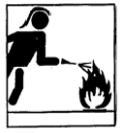category
- Brand
- Footwear
- Clothing
- Gloves
- Shoe accessories
- Accessories
- Sale
- Backpacks and bags
- Eye protection
- Respiratory protection
- PR items Zeman®
- Special offer - VOUCHER
ISO EN standards specification
Shoes for professional use are divided into 3 groups according to the following standards:
"O" | CSN ISO EN 20347 |
The standard specifies work shoes for professional use, which is indicated by the letter "O". The basic parameter of work shoes is that it does not have a steel must built in. | |
We then divide work shoes into the following categories: | |
O | footwear meets only the essential requirements |
O1 | antistatic properties, resistance of the sole to fuel, energy absorption of the heel part |
O2 | as with O1 + water penetration and absorption |
O3 | as with O2 + puncture resistance |
"P" | CSN ISO EN 20346 |
The standard specifies protective footwear for professional use, which is referred to by the letter "P". The basic parameter of protective footwear is the built-in steel rubber resisting impact 100J. | |
Protective footwear is then further divided into the following categories: | |
Pb | footwear meets only the essential requirements |
P1 | antistatic properties, resistance of the sole to fuel, energy absorption of the heel part |
P2 | as with P1 + water penetration and absorption |
P3 | as with P2 + puncture resistance |
"S" | CSN ISO EN 20345 |
Specifies safety footwear for professional use, which is indicated by the letter "S". The basic parameter of safety footwear is the built-in steel rubber resisting impact 200J. | |
Safety shoes are then further divided into the following categories: | |
Coll | footwear meets only the essential requirements |
S1 | antistatic properties, resistance of the sole to fuel, energy absorption of the heel part |
S2 | as with S1 + water penetration and absorption |
S3 | as with S2 + puncture resistance |
S4 | as with S2 for footwear exclusively consist of rubber (vulcanized) or polymers (sprayed) |
S5 | as with S3 for footwear exclusively consist of rubber (vulcanized) or polymers (sprayed) |
The values of the requirements that shoes must meet for professional use are specified by čsn ISO EN 20344.
Symbols of additional and special requirements used in the specification of footwear:
A | Antistatic shoes |
E | Energy absorption in the heel |
P | Puncture resistance |
Ci | Cold resistance |
Hi | Thermal resistance of the bottom of the shoe |
Fo | Resistance of footwear to fuel and oils |
HRO | Resistance of the sole to contact heat up to 300°C |
Wru | Resistance to water penetration and water absorption |
EN20381/1-3 | Cut protection with a chainsaw |
Sra | Slip resistance of the sole |
Src | Slip resistance of the sole |
Wr | Water penetration resistance |
F | Fire fighting protective shoes |
Fp | Fire fighting protective shoes, puncture resistance of the sole |
Fa | Fire fighting protective shoes, antistatic |
Fpa | Fire fighting protective shoes, puncture resistance of the sole, antistatic |
CR | Protection against cutting the upper of the shoe |
M | Instep protection against impact |
"F" | EN 15090:2012 |
Shoes for firefighters. Specifies safety footwear for fire fighting use, which is indicated by the letter "F" | |
Shoe markings: |
|
F1 | External interventions without the need for protection against sole puncture, tip protection or chemical protection |
F2 | Fire fighting and rescue operations with sole puncture protection and protective tip, no chemical protection |
F3 | Fire fighting and rescue operations with sole puncture protection and protective tip, chemical protection |
Added functions if not listed in type: | |
Hi | Thermal insulation |
P | Penetration |
T | protective spike |
R | fixed spike protection |
I | electro-insulating |
A | Antistatic |
Ci | cold resistance |
Ch | chemical resistance |
M | instep protection |
AN | ankle protection |
| pictogram with classification of suitable footwear |
F1 | mandatory F1 |
F1A | = F1 plus antistatic |
F1AP | = F1A plus penetration resistance |
F1I | = F1 plus electrical insulation |
F1PI | = F1I plus penetration resistance |
F2 | mandatory F2 |
F2A | = F2 plus antistatic |
F2I | = F2 plus electrical insulation |
F3 | mandatory F3 |
F3A | = F3 plus antistatic |
F3I | = F3 plus eco-insulating |

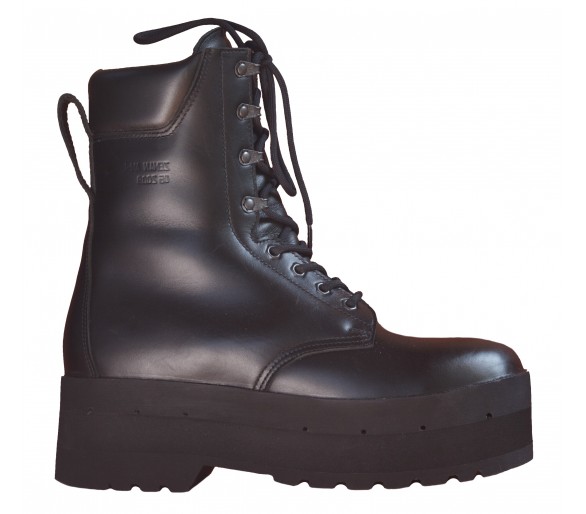
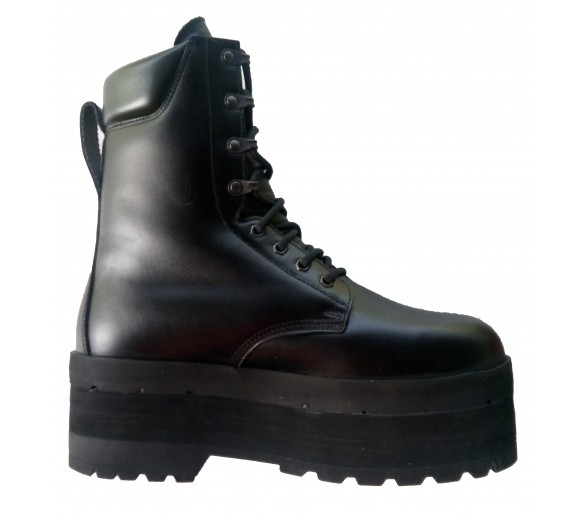
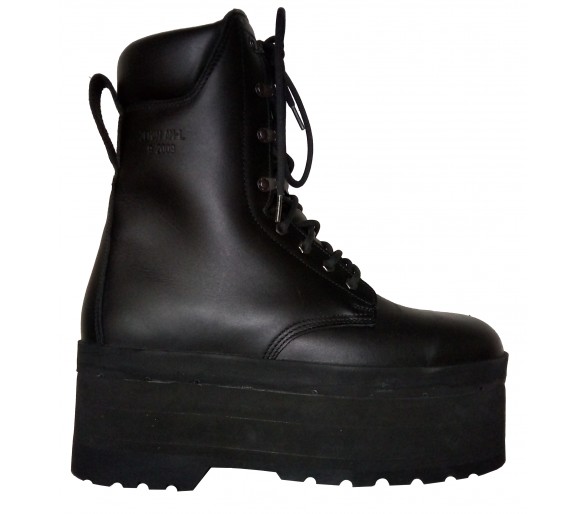
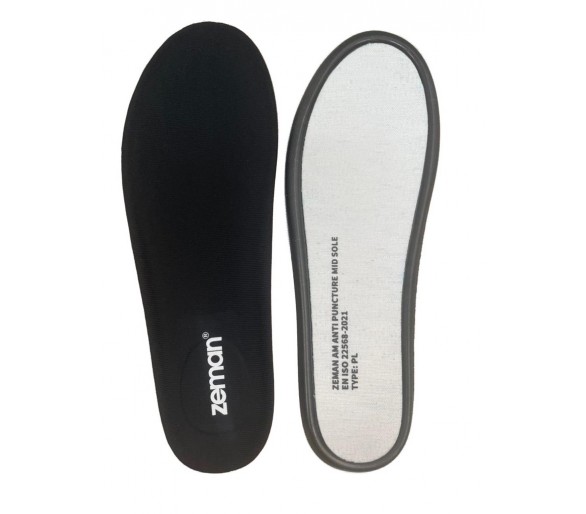


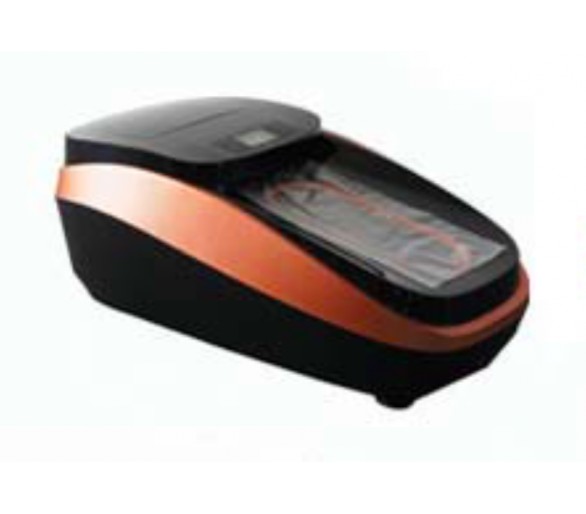
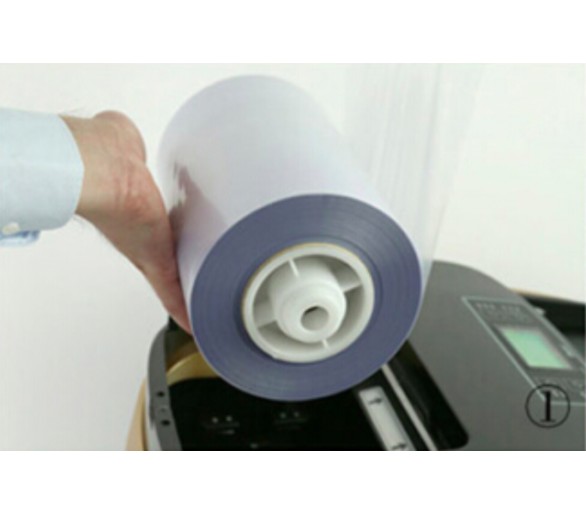
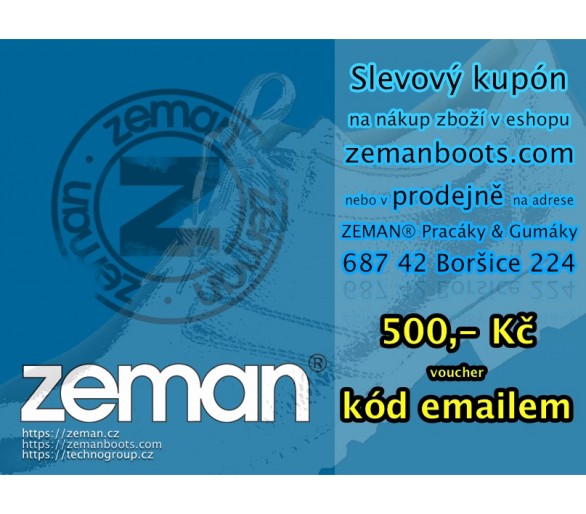
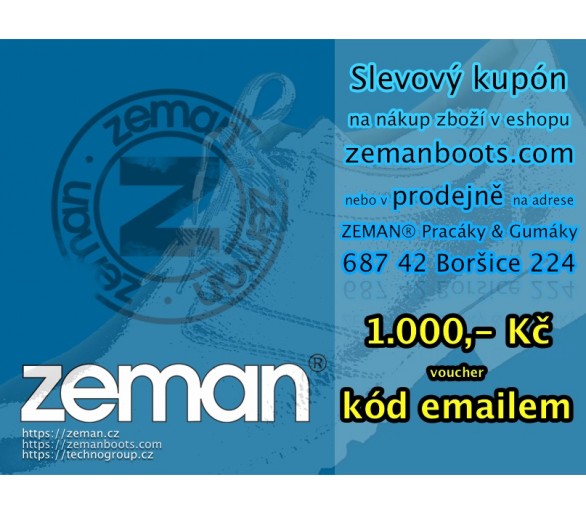











































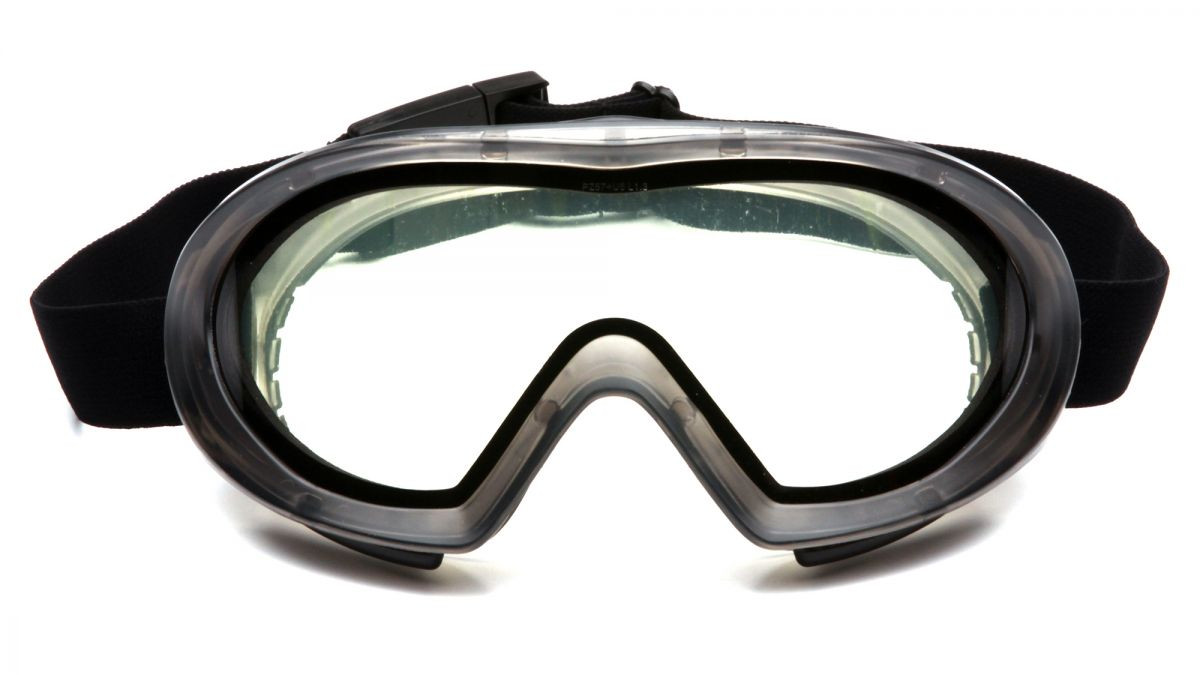



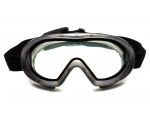



.png)
.png)


